Enter a surname, town name or other keyword to search the database. Remember to
allow for the different spellings of 'Mc' and 'Mac.' Good luck!
{Search tips: Use single word search terms for more results}
You must enter some valid character(s) into the search field
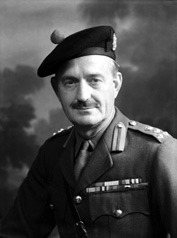
Reference: 46461b
Brigadier (later General) Sir ...
|
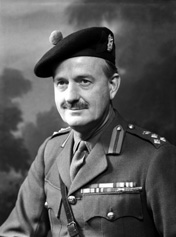
Reference: 46461a
Brigadier (later General) Sir ...
|

Reference: 43283e
Lieutenant Angus Grant, elder ...
|
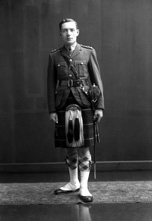
Reference: 43283d
Lieutenant Angus Grant, elder ...
|
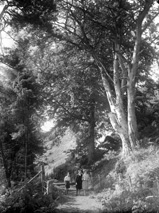
Reference: 2904
Outdoor stroll in the Scottish...
|
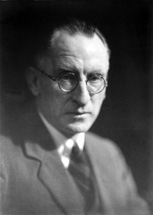
Reference: 298
Mackenzie, Broadstone Park, In...
|

Reference: 45843d
Mungo Graham. Insignia indicat...
|
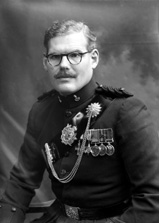
Reference: 45843c
Mungo Graham. Insignia indicat...
|
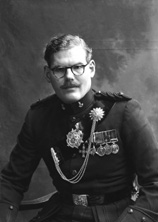
Reference: 45843b
Mungo Graham. Insignia indicat...
|
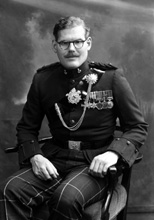
Reference: 45843a
Mungo Graham. Insignia indicat...
|

Reference: 38464
Mr MacFarlane, Scottish Airway...
|
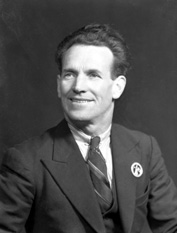
Reference: 38442
Frank G. Power, Newfoundland ...
|